The Universe which exists in space is unimaginably big. It is beyond human imagination. And a tiny part of the Universe is The Milky Way Galaxy. And the Solar System is a small part of The Milky Way Galaxy. And the Earth is a part of this solar system. So, now it’s quite understandable how enormous our universe is.
Universe
The Universe is made up of millions of galaxies. According to scientists, the universe was developed due to The Big Bang theory. The Flowchart below will help u understand how big the universe is and what all it is made up of.
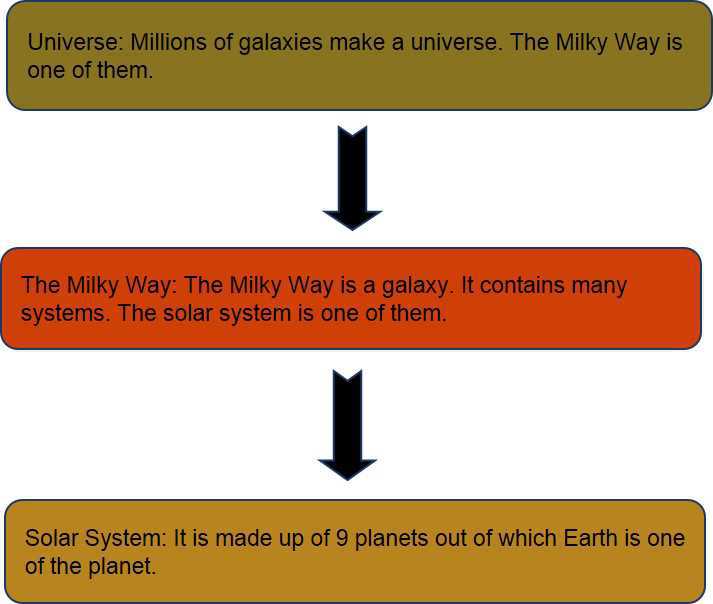
Earth
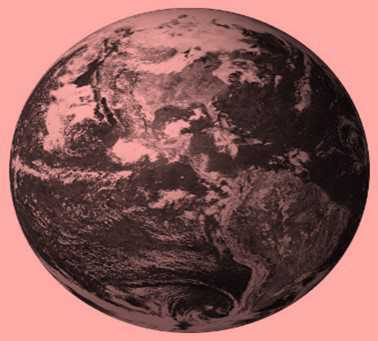
Earth, the planet that we live in, is the only planet in the solar system that is known to harbor any life form. So here are some amazing facts about Earth that everyone should know:
- The Earth is the third planet from the sun and it is the fifth largest planet in the solar system.
- The water bodies cover 70 percent of the Earth.
- The Earth rotates around its own axis that tilts at around 23 ½ degrees. It is because of this angle of inclination of 23 ½ degrees that we have the four seasons.
- The planet Earth is around 4.5 to 4.6 billion years old and the oldest known living organism is less than 3.9 billion years old.
- It is the only planet in the solar system that has plate tectonics. The tectonic plates are regions that are floating on top of the magma of the Earth and can move against each other.
- The Earth is not a perfect sphere but is slightly flattened at the north and south poles.
- Its shape can be described as an oblate spheroid and the Earth's rotation causes the central portion to bulge out.
- The internal temperature of the Earth is 6000 degree Celsius.
Other planets in the Solar System
There are 7 more planets in the solar system. They are:
Mercury
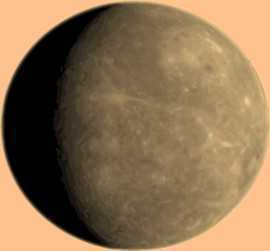
Mercury is the closest planet to the sun.
- Named after: Messenger of the Roman gods
- Diameter: 3,031 miles (4,878 km)
- Orbit: 88 Earth days
- Day: 58.6 Earth days
Venus
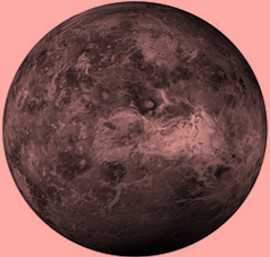
Venus is the second planet from the sun.
- Named after: Roman goddess of love and beauty
- Diameter: 7,521 miles (12,104 km)
- Orbit: 225 Earth days
- Day: 241 Earth days
Mars
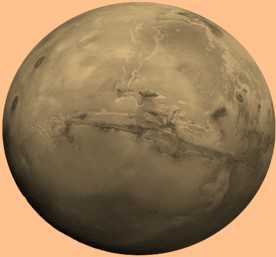
Mars is the fourth planet from the sun.
- Named after: Roman god of war
- Diameter: 4,217 miles (6,787 km)
- Orbit: 687 Earth days
- Day: Just more than one Earth day (24 hours, 37 minutes)
Jupiter
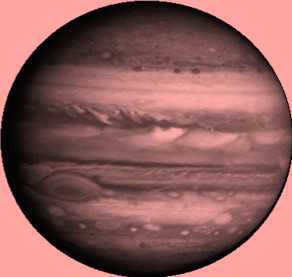
Jupiter is the fifth planet from the sun.
- Named after: Ruler of the Roman gods
- Diameter: 86,881 miles (139,822 km)
- Orbit: 11.9 Earth years
- Day: 9.8 Earth hours
Saturn
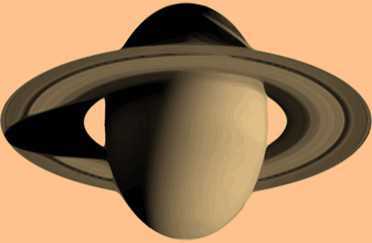
Saturn is the sixth planet from the sun and is known most for its rings.
- Named after: Roman god of agriculture
- Diameter: 74,900 miles (120,500 km)
- Orbit: 29.5 Earth years
- Day: About 10.5 Earth hours
Uranus
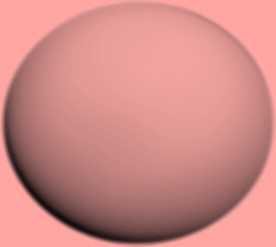
Uranus is the seventh planet from the sun.
- Named after: Personification of heaven in ancient myth
- Diameter: 31,763 miles (51,120 km)
- Orbit: 84 Earth years
- Day: 18 Earth hours
Neptune

Neptune is the eighth planet from the sun.
- Named after: Roman god of water
- Diameter: 30,775 miles (49,530 km
- Orbit: 165 Earth years
- Day: 19 Earth hours
Recap
- The Universe is made up of millions of galaxies. According to scientists, the universe was developed due to The Big Bang theory.
- Millions of galaxies make a universe. The Milky Way is one of them.
- The Milky Way is a galaxy. It contains many systems. The solar system is one of them.
- Solar System is made up of 9 planets out of which Earth is one of the planets.
- Earth, the planet that we live in, is the only planet in the solar system that is known to harbor any life form.
- The planets in order are Mercury, Venus, Earth, Mars, Jupiter, Saturn, Uranus, Neptune.
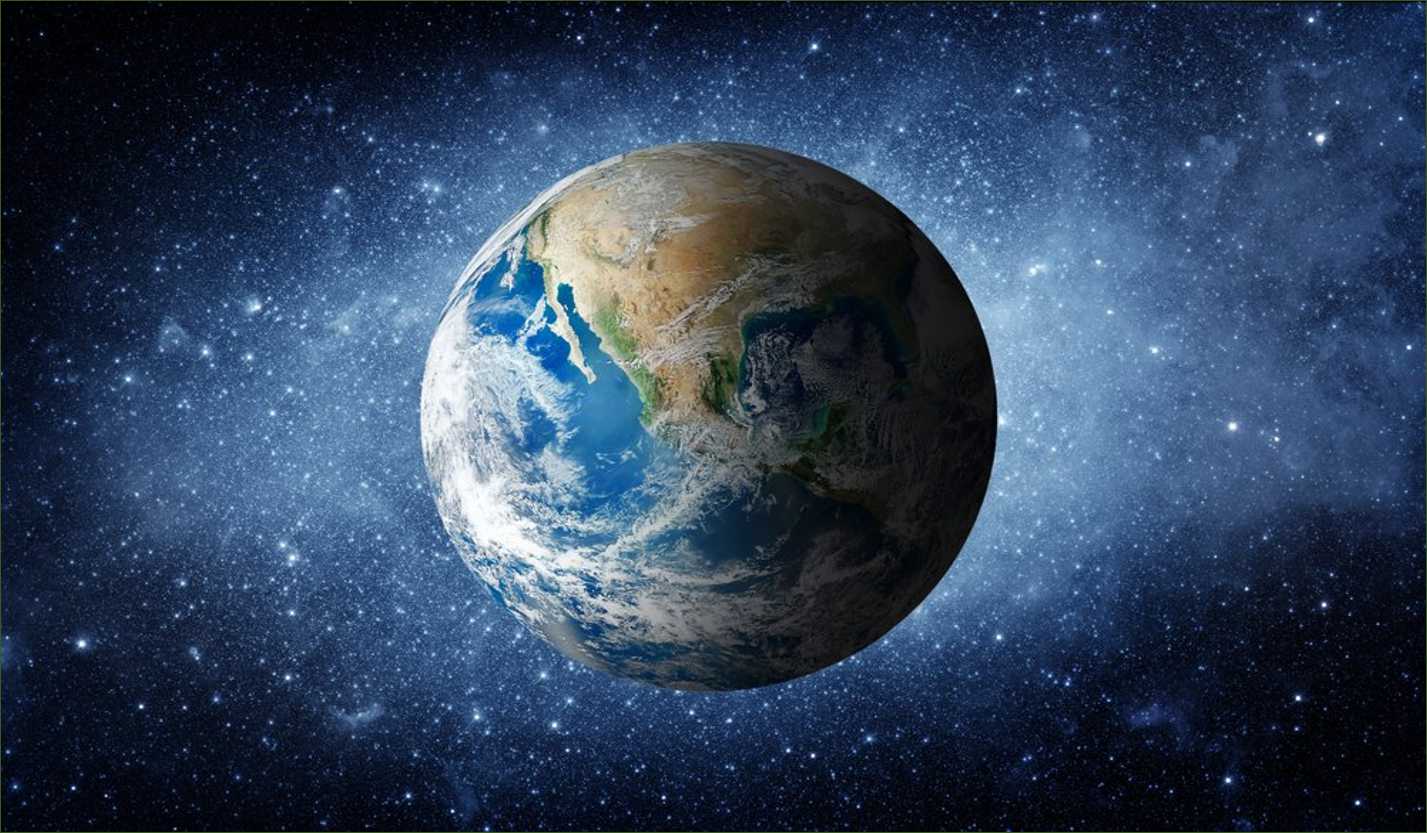















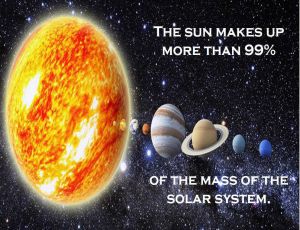








Comments